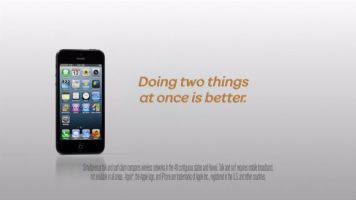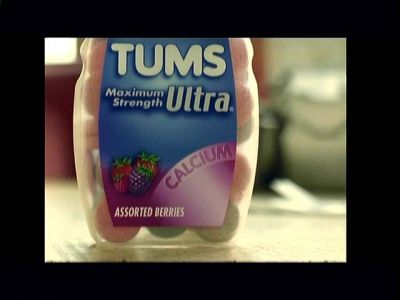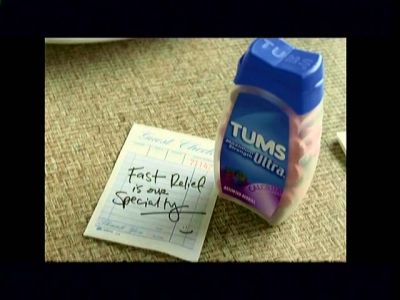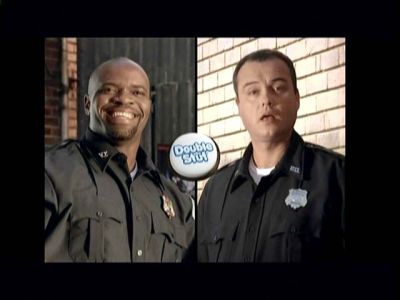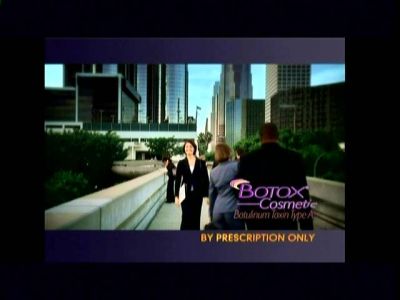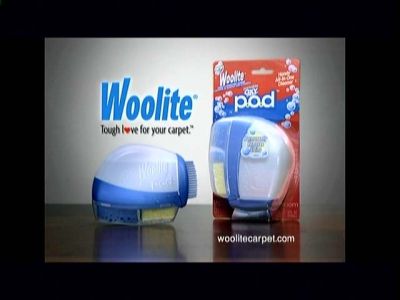Difference between revisions of "The Commercial (Discussion)"
From Screenpedia
Jump to navigationJump to search (Added new frame grabs) |
|||
| Line 32: | Line 32: | ||
http://tcf.ua.edu/EO/DV/Commercials_20130210SimpsonsEp.php | http://tcf.ua.edu/EO/DV/Commercials_20130210SimpsonsEp.php | ||
| − | <gallery widths=400px heights= | + | <gallery widths=400px heights=200px perrow=4 > |
Image:Commercials 20130210SimpsonsEpqq00 00 17qq00004.jpg|'''Group 4 ''' Old Spice Hawkridge | Image:Commercials 20130210SimpsonsEpqq00 00 17qq00004.jpg|'''Group 4 ''' Old Spice Hawkridge | ||
Image:Commercials 20130210SimpsonsEpqq00 00 43qq00008.jpg|'''Group 4 ''' Old Spice Hawkridge | Image:Commercials 20130210SimpsonsEpqq00 00 43qq00008.jpg|'''Group 4 ''' Old Spice Hawkridge | ||
| Line 51: | Line 51: | ||
</gallery> | </gallery> | ||
| + | ===''The New Adventures of Old Christine'' commercial break.=== | ||
<gallery widths=400px heights=300px perrow=4 > | <gallery widths=400px heights=300px perrow=4 > | ||
Revision as of 18:44, 12 September 2013
The Polysemy of Commodities
Group 2
- Luxury, leisure and conspicuous consumption
- Individualism
Group 3
- The natural
- Folk culture and tradition
Group 4
- Novelty and progress
- Sexuality and romance
Group 1
- Alleviation of pain, fear/anxiety and guilt
- Utopia and escape from dystopia
The Persuasive Style of Commercials
Group 3
- Metaphor
- Utopian style
Group 4
- Product differentiation and superiority
- Repetition and redundancy
Group 1
- Extraordinary and excessive style: “televisuality” and counter television
- Graphics and animation
Group 2
- Violating reality (special effects)
- Reflexivity and intertextuality
Commercial analysis
Each group will analyze two commercials from a 2013 episode of The Simpsons. You should first discuss the polysemy attached to the advertised commodity and then you should discuss the persuasive style used to present that polysemy.
http://tcf.ua.edu/EO/DV/Commercials_20130210SimpsonsEp.php
The New Adventures of Old Christine commercial break.
Bibliography
- Jeremy G. Butler, Television: Critical Methods and Applications (New York: Routledge, 2012).





